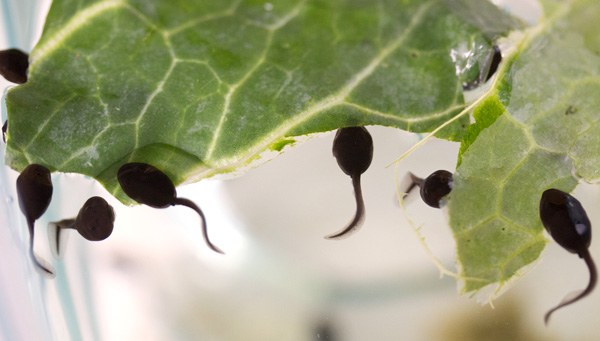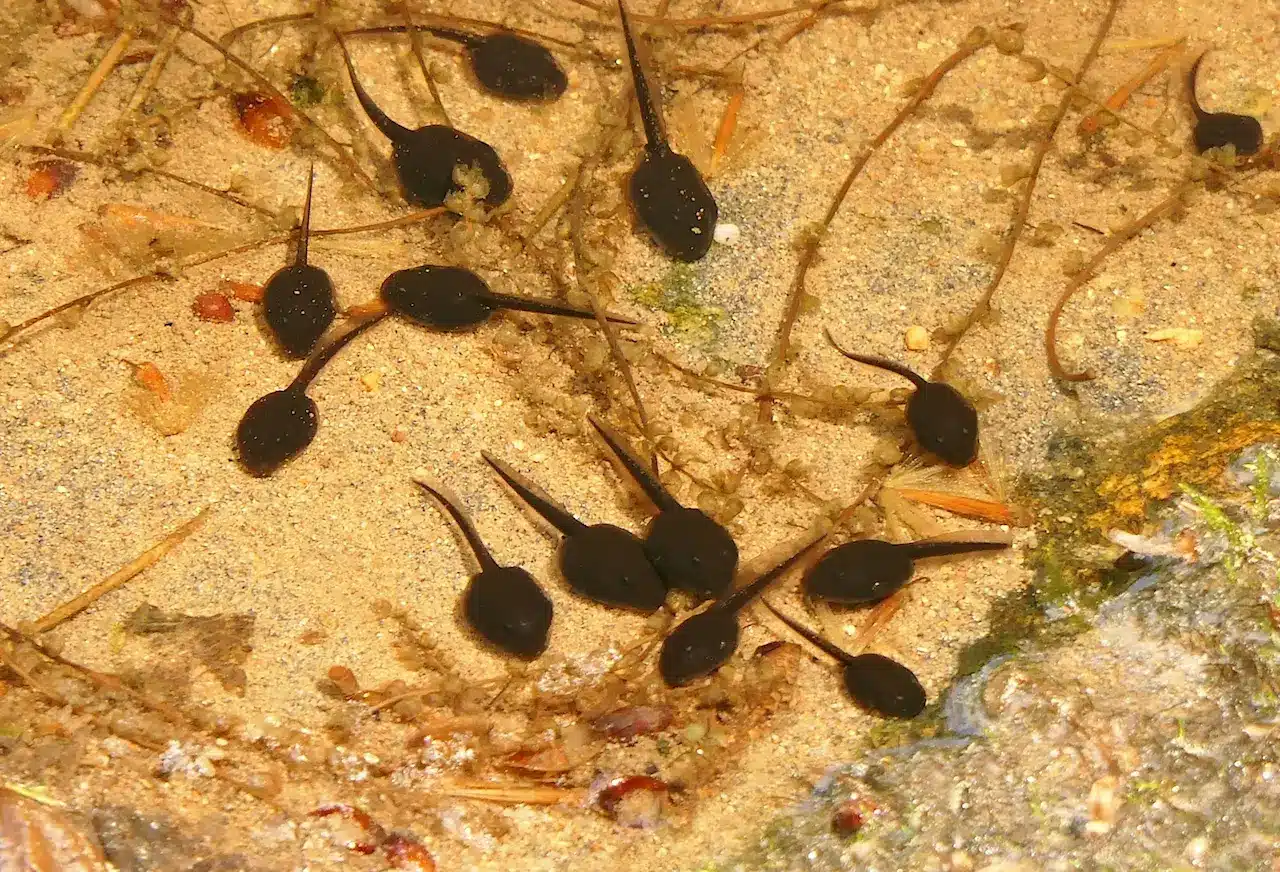Reverse Bio-Engineering Worksheet (In class Tutorial) 11th April 2014
1. Examine the biological artifact with the intent of discerning:
a. What does the biological artifact do?
- swims by lateral undulation (similar to how snakes move on land)
- feeds on algae and other microbes
- breathe using gills
- grows (progressively from hind legs to front legs, from gills to lungs and skin) to frogs
b. How does the biological artifact work?
- Larval stage of an amphibian, specifically frogs or toads
- Herbivorous
- Respire through gills
- Metamorphosizes into frogs (duration depends on species)
- Wholly aquatic
c. What might the biological artifact’s “requirements” have been?
- Aqueous conditions
- Cool temperature (20-25 deg celcius)
- Suitable environment (eg: lakes, ponds which provide excellent conditions for camouflage)
- Food (tadpoles are usually herbivorous, but in absence of food, they might cannibalize each
other!)
2. Relate the biological artifact’s features to the artifact requirements listed in 1(c):
a. List the biological artifact’s features (geometry, materials, mechanisms, etc.)
(i) Has high surface area of gills to breathe under water
(ii) Skin in dark green colour to camouflage itself in lake or pond waters
(iii) Has a long tail to enhance swimming performance
(iv) Oval shape
b. How do the biological artifact’s features support the requirements?
Features
|
Requirements
|
(i) Defensive
|
(ii) Offensive
|
(iii) Travel
|
High surface area of gills
|
None
|
None
|
Enable them to respire and travel under aqueous conditions
|
Dark green colour skin
|
Enable tadpoles to camouflage to hide from predators
|
None
|
None
|
Long tail
| Enable high swimming performance to avoid predators |
None | Enable them to have an aerodynamic shape to travel faster underwater |
Oval shape | Increase aerodynamic characteristics to avoid predators |
None |
Enhance their aerodynamic shape to travel faster underwater
|
c. Are there features that don’t map to any requirements?
No
3. Form and function
a. How do the form (shape) and material of a feature relate to the function that the feature performs?
Features
| 1. Function | 2. Form | 3. Material | Relationship of
1-2-3 |
Gills
|
Respiratory mechanism
|
High surface area
|
Muscle tissues
| High surface area of gills enables high efficiency in oxygen exchange |
Dark green colour skin
|
Enable camouflage
|
-
|
Water, muscle tissues, minerals
|
Dark green skin helps them to hide from potential predators
|
Tail
|
Swimming mechanism
|
Long & aerodynamically shaped
|
Muscle tissues
|
Aerodynamically shaped tail helps them to swim efficiently
|
Oval shape
|
Swimming mechanism
|
Aerodynamically shaped
|
-
|
Oval shape helps them to reduce drag coefficient of water
|
4. Engineering inspiration
a. Suggest a new product or process based upon what you have learned in 1-3 above.
An enhancement in shape and characteristics in underwater appliances to increase the
aerodynamic characteristics and reduce drag coefficient of water.
Thank you for reading!






.jpg)

